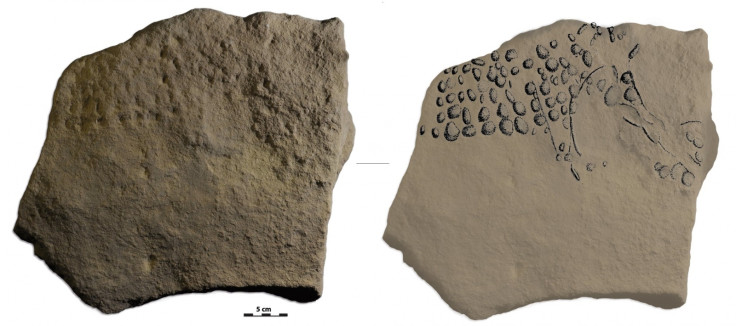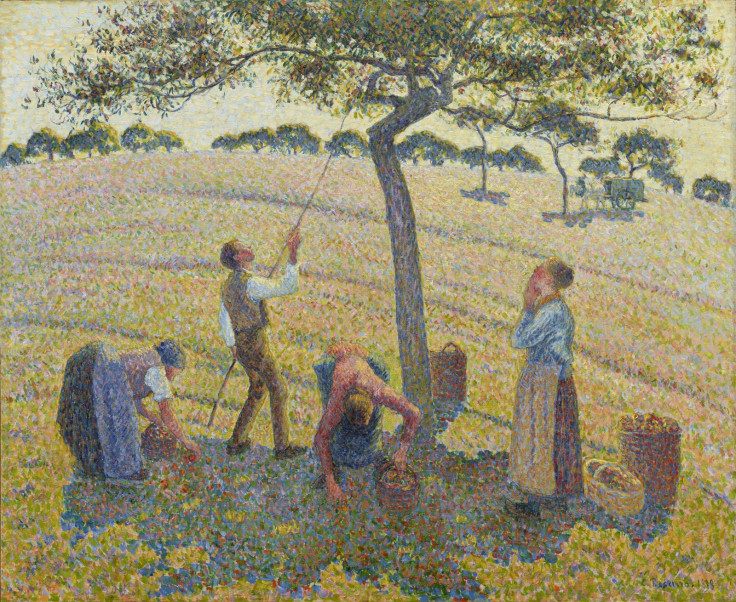Human ancestors painted just like Van Gogh 38,000 years ago
Pointillist techniques were identified in ancient artworks found in rock shelters in France.
Abri Cellier is a major site dating back more than 35,000 years ago located in the Vézère Valley in southern France. It is considered to be one of the major art-bearing sites for the Aurignacian culture, the earliest modern human culture to have taken roots in Europe.
Recent excavations at the site have led to the discovery of new artworks, which have revealed a new link between Aurignacian artistic techniques and the work of iconic modern painters such as Vincent Van Gogh and Camille Pissarro.
Pointillist techniques, which involve the artist applying small dots to a surface to create the illusion of a larger image, are thought to have been developed in the 1880's and feature heavily in these artists' paintings.
But the recent Aurignacian art discovery, described in the journal Quaternary International, point to the ancient origins of such creations.
The lead researcher, New York University anthropologist Randall White commented: "We're quite familiar with the techniques of modern artists. But now we can confirm this form of image-making was already being practiced by Europe's earliest human culture, the Aurignacian."
The story of an excavation
Aurignacian graphic artworks that are found in Vézère Valley are central to archaeologists' understanding of the European Early Upper Palaeolithic and Aurignacian culture.
Abri Cellier, in Dordogne, was first excavated in 1927, leading to the discovery of 15 impressive limestone blocks that had been modified by engraving or piercing. In 2014, a team of archaeologists returned to the site, describing their results in the new study as both "disappointing and astonishingly productive".

Indeed, contrary to their expectations, only a small fragment of Abri Cellier remains intact. However, the archaeologists were able to find 16 new engraved, painted or pierced blocks, beyond the 15 that had already been identified during the 1927 excavations. These blocks were not hidden, but had simply been set aside by the researchers in 1927 and not interpreted.
Some feature images of mammoths and horses and were dated to 38,000 years ago. One image in particular, that of a woolly mammoth, triggered the archaeologists' interest as it appeared to have been created with a pointillist technique.
This is the second pointillist image found by the team in the space of a year. Before identifying the mammoth, they had identified an aurochs created with small dots on the walls of another rock shelter, Abri Blanchard.

These findings give more weight to previous isolated discoveries, such as that of a rhinoceros from the Grotte Chauvet, which was created with a dozen dots painted on the artists' palms.
The research suggests that pointillist techniques were not isolated forms of art but common in the Aurignacian artistic culture. Early humans had already mastered this craft, which can be linked to the more sophisticated techniques used by some our most famous modern painters.
© Copyright IBTimes 2025. All rights reserved.





















